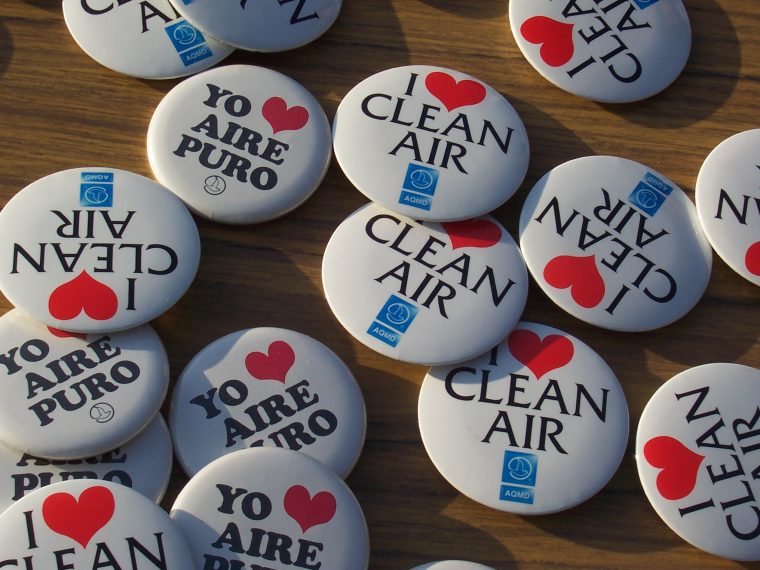Italy Introduces Traffic Curbs to Help Reduce Air Pollution

Photo: Vaughan Leiberum
Italy has introduced traffic curbs to help combat a recent spike in air pollution due to emissions. According to Reuters, Turin and at least 11 other municipalities in the Piedmont area have prohibited vehicles built before 2013 from driving on local roads.
Modern Tech: Discover the benefits of OnStar
The traffic curb trend
Florence and seven nearby towns briefly joined the ban. And Milan started to enforce a traffic curb but had to lift it to alleviate a transportation strike and help residents get where they needed to go. According to engineer Renato Grampa, this city is particularly prone to smog conditions due to its geographical features. “[It’s] is surrounded by mountains so with environmental conditions like today, when there is no wind, the air gets stuck in the middle of the valley.”
As of last week, Tuscany had an air quality rating of 170, according to the Air Quality Index. This caused the country to rank as one of the most highly polluted locations in western Europe.
Efficient Engine Options: Learn more about the Silverado’s fuel-sipping Duramax Turbo-Diesel

Photo: NGerda
Envisioning a healthier environment
The goal behind implementing these stricter initiatives is to reduce the population’s exposure to air pollution and lower the number of premature fatalities due to pollution exposure. According to the European Environment Agency, the percentage of urban residents exposed to concentrations above EU standards for ground-level O3 increased from 45.4 to 62.9 percent from 2016 to 2017.
The percentage of city-dwellers exposed to concentrations of PM2.5 increased from 59.2 to 75 percent from 2016 to 2017. In 2016, Italy had a total of 3,000 premature deaths attributed to exposure to PM2.5, NO2, and O3.
Italy has already made significant headway in improving air quality since it started implementing public changes and new policies, per the EEA. NOx emissions due to road transport rated at 451.7 gigagrams back in 2010. This decreased to 326.9 Gg in 2017.
Besides cracking down on vehicle traffic, Italy is taking extra strides to promote cleaner air and a healthier overall environment. Per AZoCleantech.com, Italy has co-funded approximately 190 projects thanks to the Sustainable Mobility Fund. These projects have enabled the country to gradually lower emissions over the past 20 years. The country is also brainstorming ways to decrease waste generation and improve water supply and sanitation systems.

Whitney Russell resides in Dayton, though her spirit can be found beach-bumming in Puerto Rico (the land of her half-Puerto Rican heritage). When not crafting car-related content, she can be found chasing after the most amazing toddler in the world, watching her “beaver” of a husband build amazing woodworking projects, hanging out with two crazy dogs, and visiting family and friends. She also enjoys traveling, crafting, and binge-watching period dramas when time allows. See more articles by Whitney.

